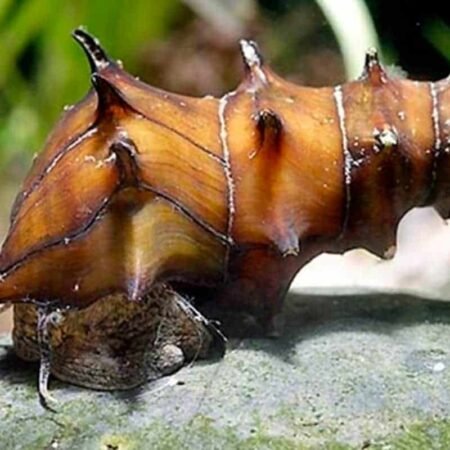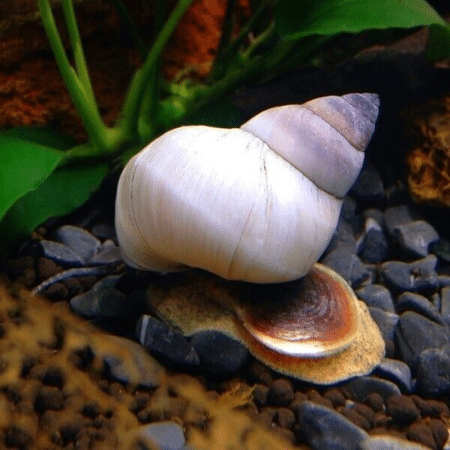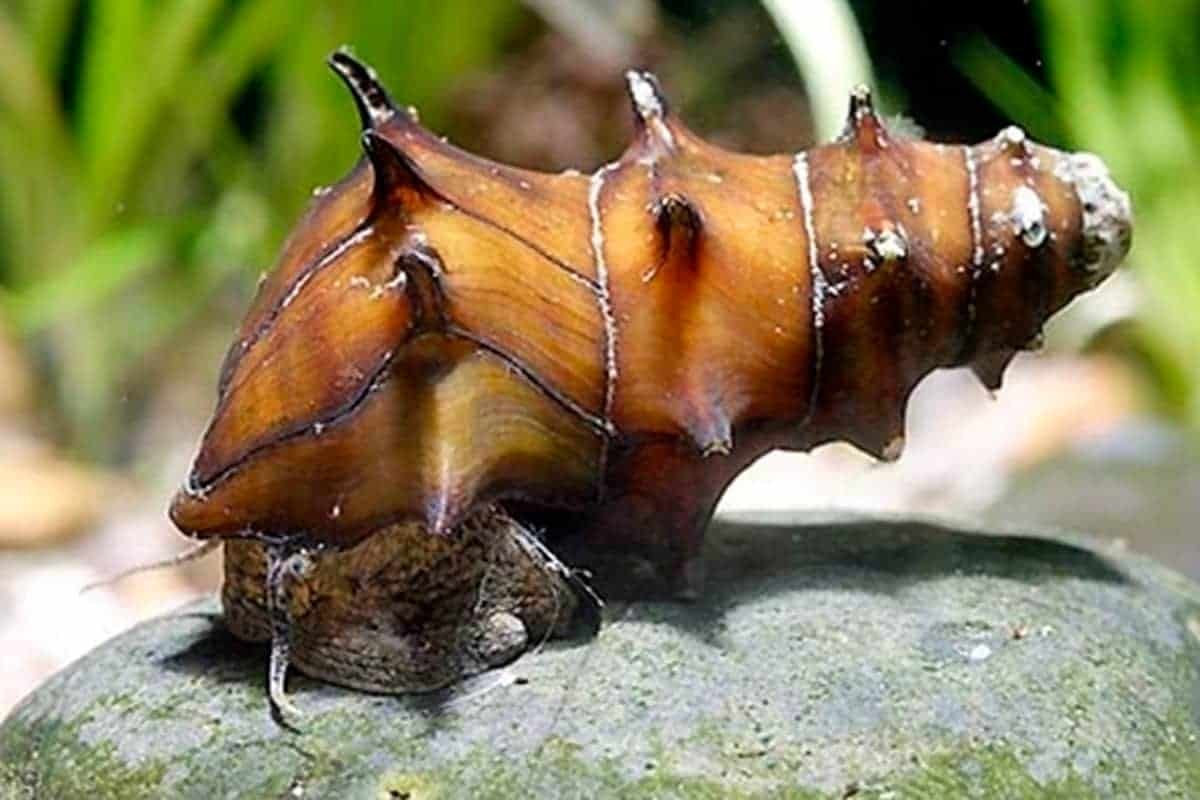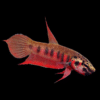To provide the best experiences, we use technologies like cookies to store and/or access device information. Consenting to these technologies will allow us to process data such as browsing behaviour or unique IDs on this site. Not consenting or withdrawing consent, may adversely affect certain features and functions.
The technical storage or access is strictly necessary for the legitimate purpose of enabling the use of a specific service explicitly requested by the subscriber or user, or for the sole purpose of carrying out the transmission of a communication over an electronic communications network.
The technical storage or access is necessary for the legitimate purpose of storing preferences that are not requested by the subscriber or user.
The technical storage or access that is used exclusively for statistical purposes.
The technical storage or access that is used exclusively for anonymous statistical purposes. Without a subpoena, voluntary compliance on the part of your Internet Service Provider, or additional records from a third party, information stored or retrieved for this purpose alone cannot usually be used to identify you.
The technical storage or access is required to create user profiles to send advertising, or to track the user on a website or across several websites for similar marketing purposes.



















Emily Carter (verified owner) –
I recently added the Pagoda Snail (Brotia Pagodula) to my freshwater aquarium, and I couldn’t be happier! These snails are not only beautiful with their unique horned shells, but they are also incredibly efficient at keeping the tank clean. I’ve had them for about two months now, and I’ve noticed a significant reduction in algae buildup. Unlike some other freshwater snails I’ve tried, the Pagoda Snails are super peaceful and coexist well with my fish. Their gentle nature is a big plus for me as I prioritize the happiness of my aquatic pets.
I initially hesitated because I wasn’t sure if they would thrive, but they’ve really settled in nicely. I’ve noticed them actively grazing on surfaces, and it’s fascinating to watch! Just a minor concern – they are not the fastest movers, so if you’re looking for snails that zoom around, these aren’t it. Nonetheless, I highly recommend them for anyone looking to enhance their freshwater aquarium. They’re perfect for beginners and seasoned hobbyists alike. Shipping was prompt, and they arrived in great condition! Overall, a fantastic addition!